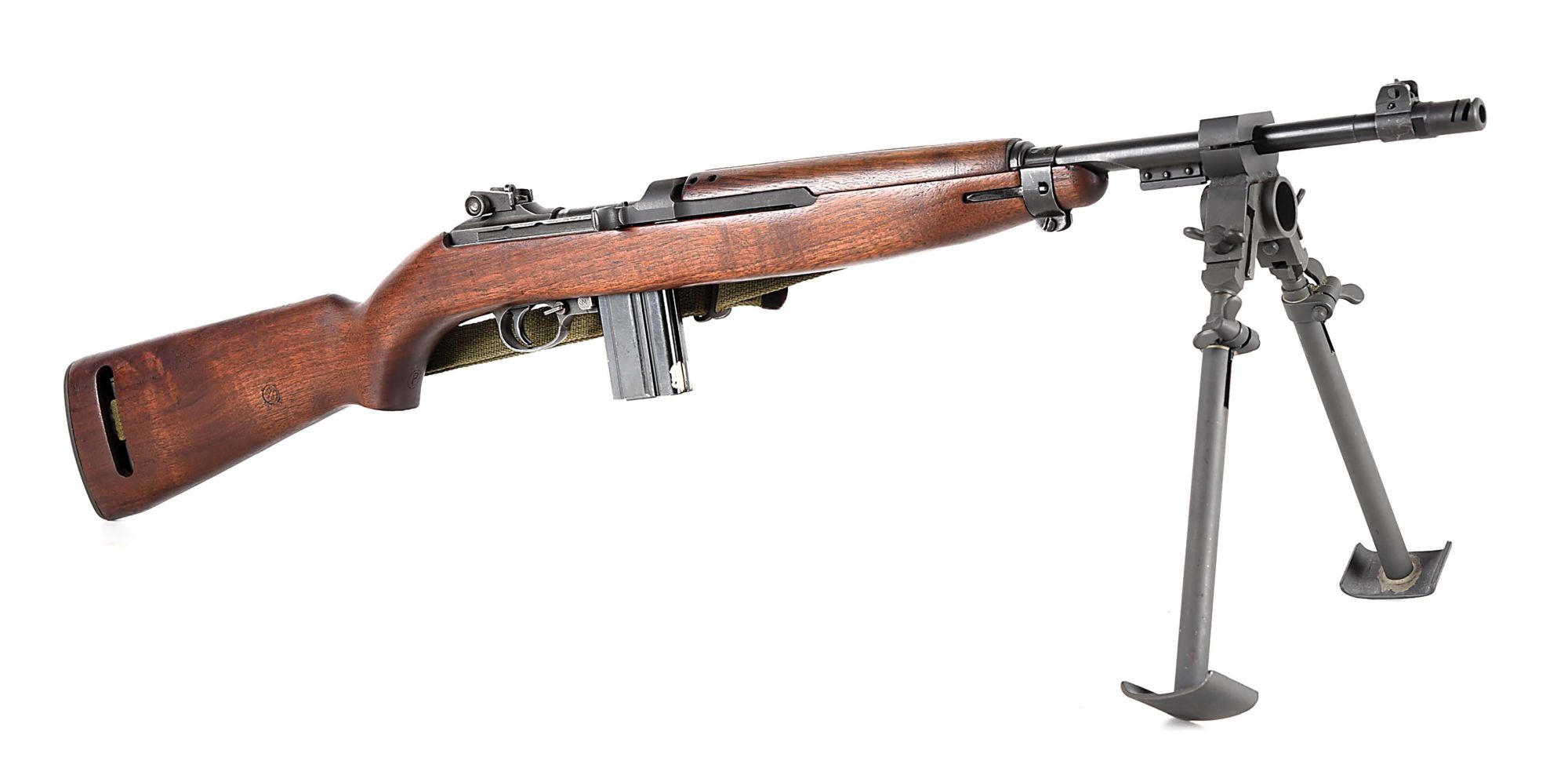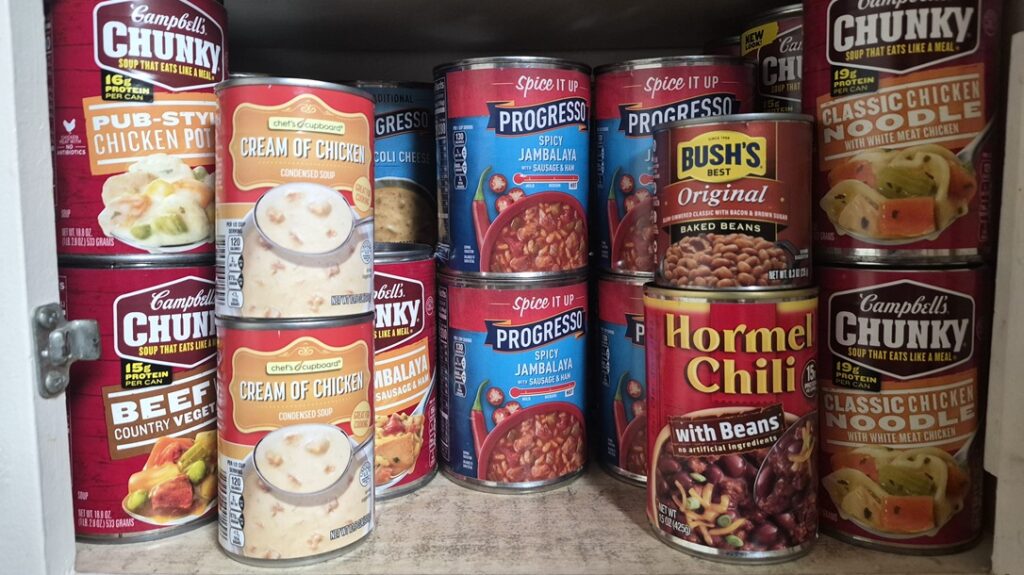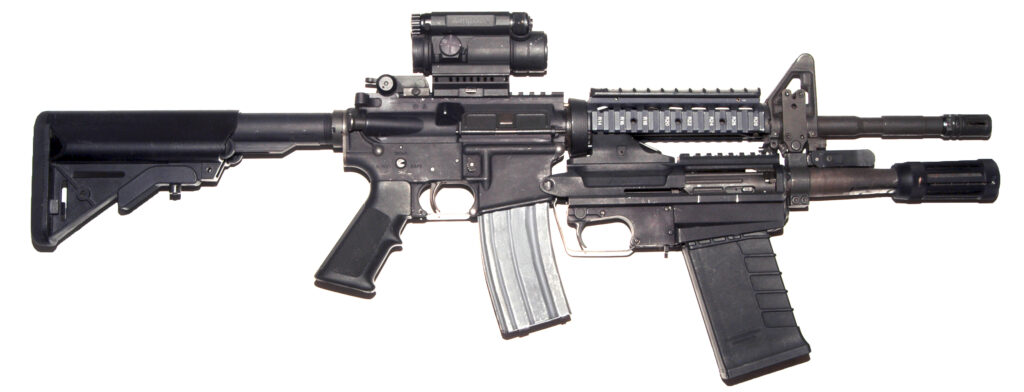The M1 Carbine was the first and last light rifle adopted by the United States military. The weapon was initially intended to arm non-combat personnel who might be near the front lines. It would be lighter than the M1 Garand and easier to transport but more capable than the M1911.
The M1 Carbine saw massive success and became favored for its light and handy nature. Millions were produced, and the firearm was popular on the civilian market. This included some weird M1 Carbines.
I love weird weapons, so coming across weird variants of fairly standard weapons is always interesting. The M1 Carbine’s beloved nature and mass production opened it up to all sorts of interesting modifications and designs. These weird M1 Carbines were often nothing more than experiments, but their weird nature fascinates me, and I hope they fascinate you.
Advertisement — Continue Reading Below
For this article, we’ll count M2 and M3 variants. It’s just easier to say weird M1 Carbines versus Weird M1 or M2 or M3 carbines.
Aberdeen’s .220 Cal Experiment
People really don’t realize how many studies, trials, and experiments led to a small caliber, high-velocity round to be adopted. It took a lot to get the M16 and 5.56 cartridge adopted. One experiment dated back to 1953 gives us the first of our weird M1 carbines, or well, technically, it’s an M2. A dedicated group of engineers believed in a lightweight rifle firing a small caliber, high-velocity cartridge.
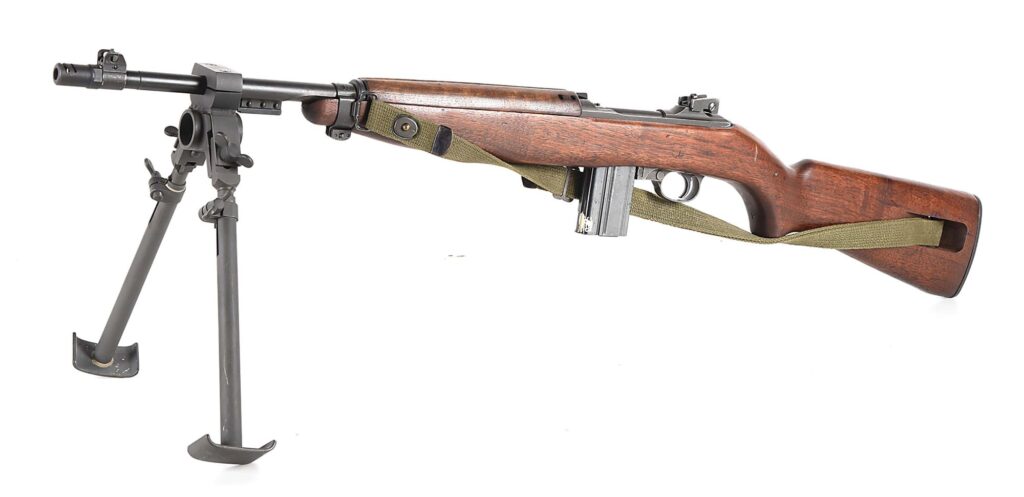
Advertisement — Continue Reading Below
They were granted limited equipment, funds, and ammo to produce a .220 caliber carbine using an M2 Carbine. Gerald Gustafson led the charge and created the .22 Gustafson and an M2 Carbine to fire it. The cartridge is described as bottlenecked, and the diameter of the case was greater than that of the .30 Carbine, so capacity was reduced from 15 to 10 rounds.
The .22 M2 Carbine was fitted with a compensator, and the recoil was supposedly 50% less than the .30 Carbine. It proved to be accurate and capable of reaching 400 yards with minimal dispersion under full auto fire. However, the Army wanted a .40 Cal full-powered rifle, and we got the M14.
Vulcan Pump Action
Even after the big war and Korea, the M1 Carbine remained in production. The rifle was produced by a number of companies, including Universal Firearms. New production M1 Carbines were popular because they were lightweight, fun to shoot, and ammo was common. Universal Firearms began experimenting with the M1 design in an effort to produce alternative options.
Advertisement — Continue Reading Below

One is the odd little Vulcan .44 Magnum pump action rifle. The short-stroke gas piston system wasn’t robust enough inside an M1 carbine to handle the power of the .44 Magnum, so Universal Firearms created a pump action design. It still used the magazine and overall layout of the M1 Carbine. Albeit the magazine was slightly modified.
The gun held four rounds instead of 15. It was designed for close-range hunting and fit with an open rear sight rather than a peep sight. The little Vuclans weren’t all that popular, but it’s the only big-bore carbine on our list of weird M1 Carbines.
Advertisement — Continue Reading Below
The Modernized M2 Carbine
As Korea ended, it was clear that the M1, M2, and M3 Carbines would be phased out of service. The US was looking to create one weapon to do it all. This new weapon would replace the M1 Carbine, the M1 Garand, the BAR, and the M3 SMG. That would become the M14. However, the M2 Carbine tried its hardest to remain relevant and to modernize.
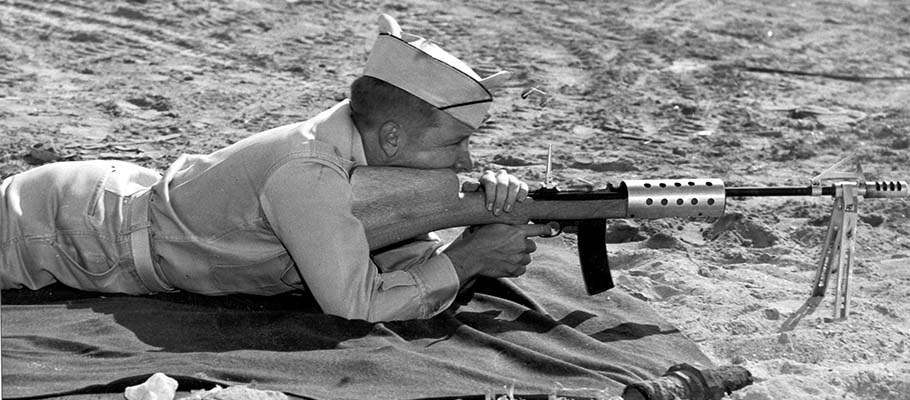
This is another M2 carbine on our weird M1 carbines list. This particular prototype doesn’t have much information tied to it. In fact, outside of this photo, I’m coming up dry on information. From the photo, we can see a good bit. First, that’s an Air Force officer shooting it, which makes sense. The Air Force clung to the M1/M2 Carbine rather than go along with the M14.
Advertisement — Continue Reading Below
This M2 features a crazy-looking stock, but it’s an inline stock that can help reduce recoil and improve controllability. It also uses a modern vertical grip for the rear grip, which improves control as well. The gun also has a compensator and bipod, along with a metal handguard. All in all, it’s a steampunk’s wet dream, but the Air Force must not have been all that impressed.
S&W’s 40 S&W Police M1 Carbine
The transition to the AR-15 as the chosen patrol rifle was slow. There was a time when it became clear that the rifle would be the better patrol weapon, but the AR wasn’t selected for that role just yet. Many folks liked the idea of allowing officers to carry ammo and handgun magazines with their rifle platform.
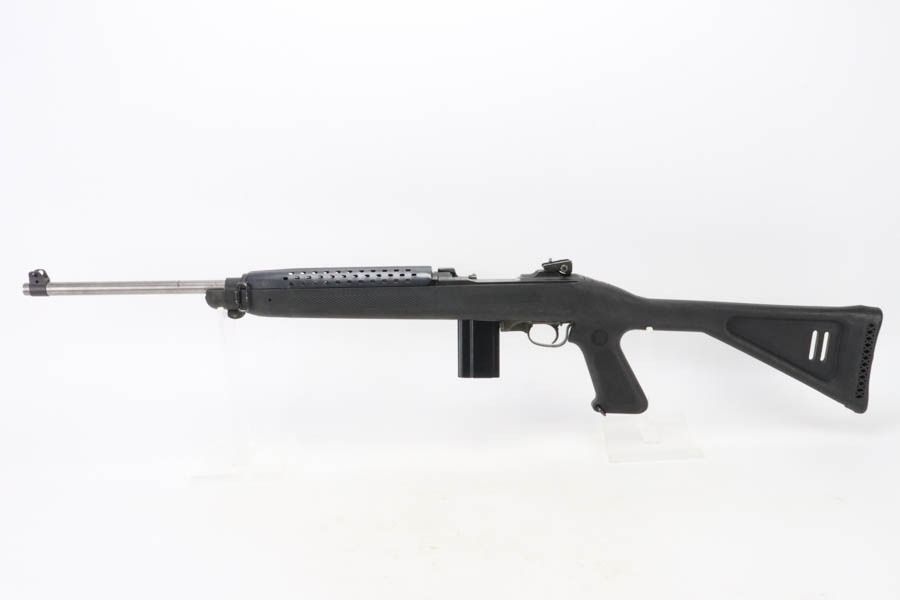
Advertisement — Continue Reading Below
In the early 1990s, S&W’s engineers began experimenting with converting M1 Carines to .40 S&W. The new .40 S&W cartridge seemed to be hot to trot in the LEO world, and S&W wanted to get ahead of the market. There were still plenty of M1 Carbines kicking around, and it was a popular and capable platform.
S&W utilized a stock surplus M1 Carbine and converted the gun to .40 S&W with a custom barrel. They dropped the gun in a polymer Choate stock and called it a day. S&W called the experiment a dud, and the one rifle they produced was sold at auction for a little under $3,000.
Various Chopped Carbines
One of my favorite weird M1 Carbines is the various chopped variants that became popular in Vietnam. Our Vietnamese allies used the M1 Carbine family, and we happily supplied piles of them. Advisors would often carry the M1 Carbine as well, sometimes choosing them to a smaller configuration.
Advertisement — Continue Reading Below

Norman Schwarzkopf famously carried a chopped M1 Carbine in Vietnam. Plenty of troops acquired M1 Carbines and cut the barrels, stocks, and more off of them to make them smaller and handier. I’d imagine they got awfully loud and bright with their chopped barrels.
Additionally, the Viet Cong would chop M1 Carbines as guerilla warfare tools. They were often recovered in caches. These were likely converted battlefield pickups. These guns would inspire the civilian Advisor M1 Carbine pistols.
Advertisement — Continue Reading Below
The Weird M1 Carbines
Weird M1 Carbines aren’t common these days. The gun has fallen out of favor, and the ammunition costs a small fortune. It’s sad because the rifle is lightweight, easy shooting, and quite handy. I think we need a return of the light rifle and its capabilities.
